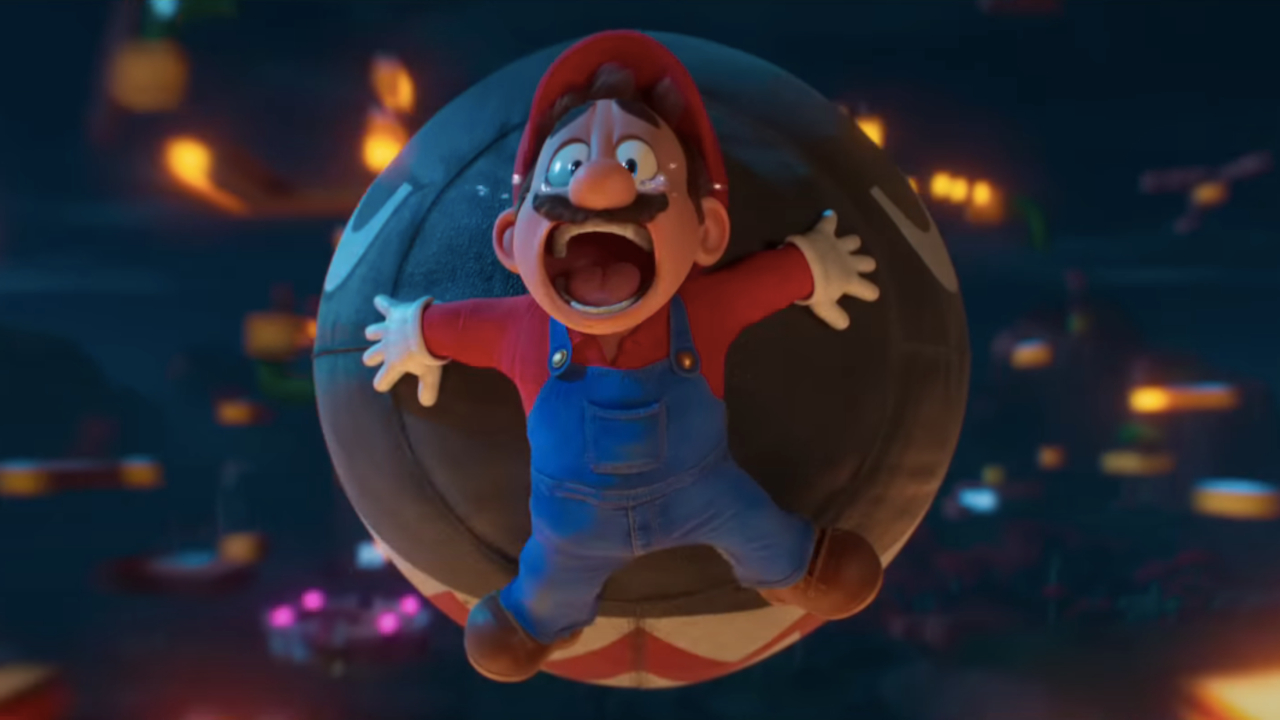
Barbie recently became the second movie of 2023 to hit the lauded billion-dollar mark, following in the Kuribo's Shoe-shaped footsteps of everyone’s favorite mustachioed plumber in The Super Mario Bros. Movie. The video game adaptation was a mega-success around the globe right out of the pipe, but for those of us who watched it the first time in loud theaters full of active younger viewers, there may have been some difficulty catching all the jokes, references, music cues and sight gags the first time around.
Thankfully, the film is now available to stream with a Peacock subscription (as well as being out on Blu-ray/DVD), giving fans as much time as needed to go back through the colorful adventure with a metaphorical magnifying glass to seek out the myriad details that celebrate not only Mario and Luigi’s gaming history, but also that of Nintendo itself. I definitely caught quite a few bits that I’d missed out on initially, so let’s put some Jack Black slow jams on and dive into some easy-to-miss Super Mario Bros. Movie details.
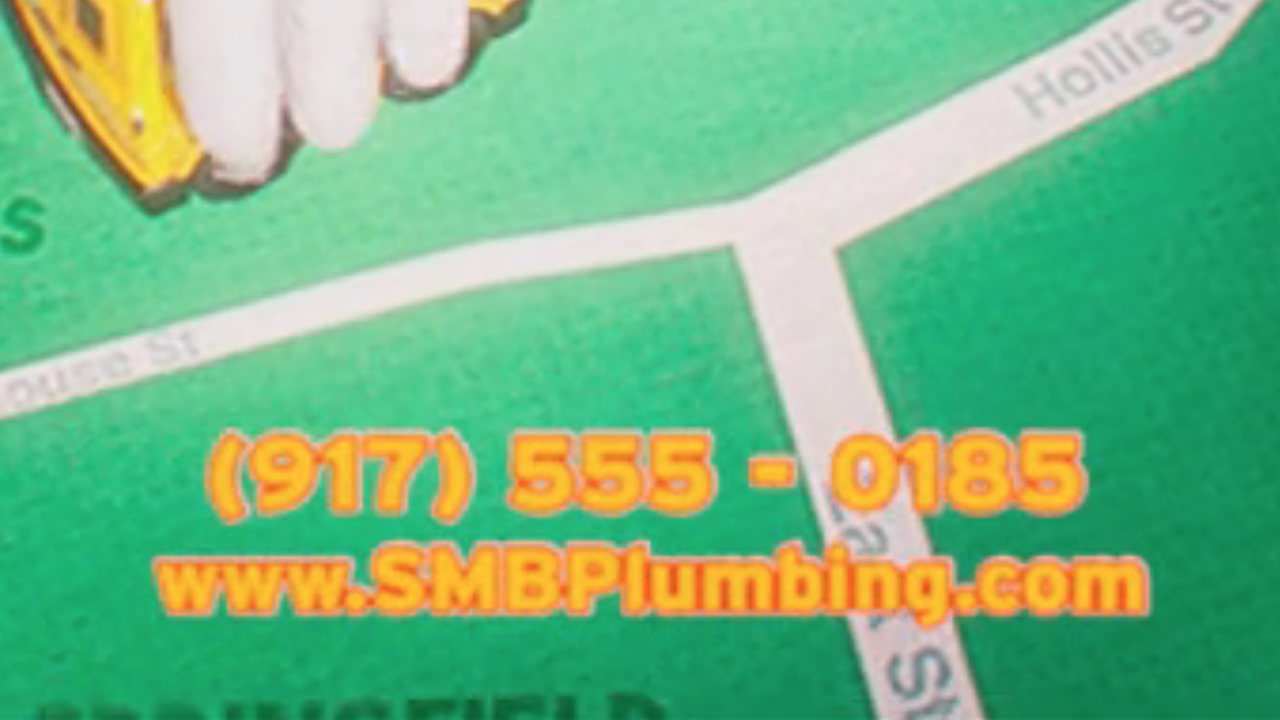
The Plumbing Business Has A Different (Non-Working) Phone Number
It’s admittedly no fun to start off with a bummer of an entry, but it’s the only one, I promise! In this case, the in-film commercial for the siblings’ business (917-555-0185) is different from the one utilized during the promotional campaign (929-55-MARIO). As a stereotypical 555 number, it doesn’t work, which is a shame, since the latter version is still up and running.
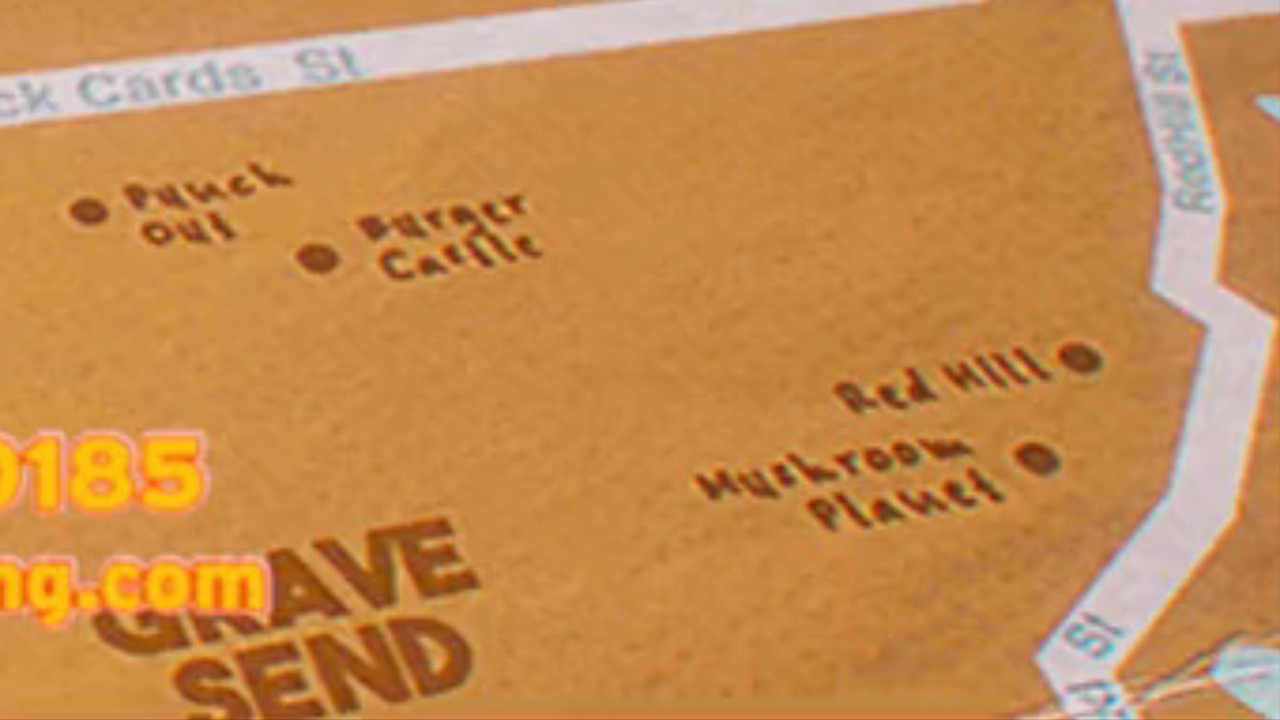
A Possible Sonic The Hedgehog Reference
The map used in the brothers’ advertisement features several real-world locations mixed in with fictional ones, such as the Burger Castle and Punch-Out restaurants seen in the film. Quite a few seemingly unrelated locations are noted, but the choice to use “Mushroom Planet” here is potentially a reference to the world introduced in the Sonic the Hedgehog movies. A weird reference if true, but also weird if not a reference.
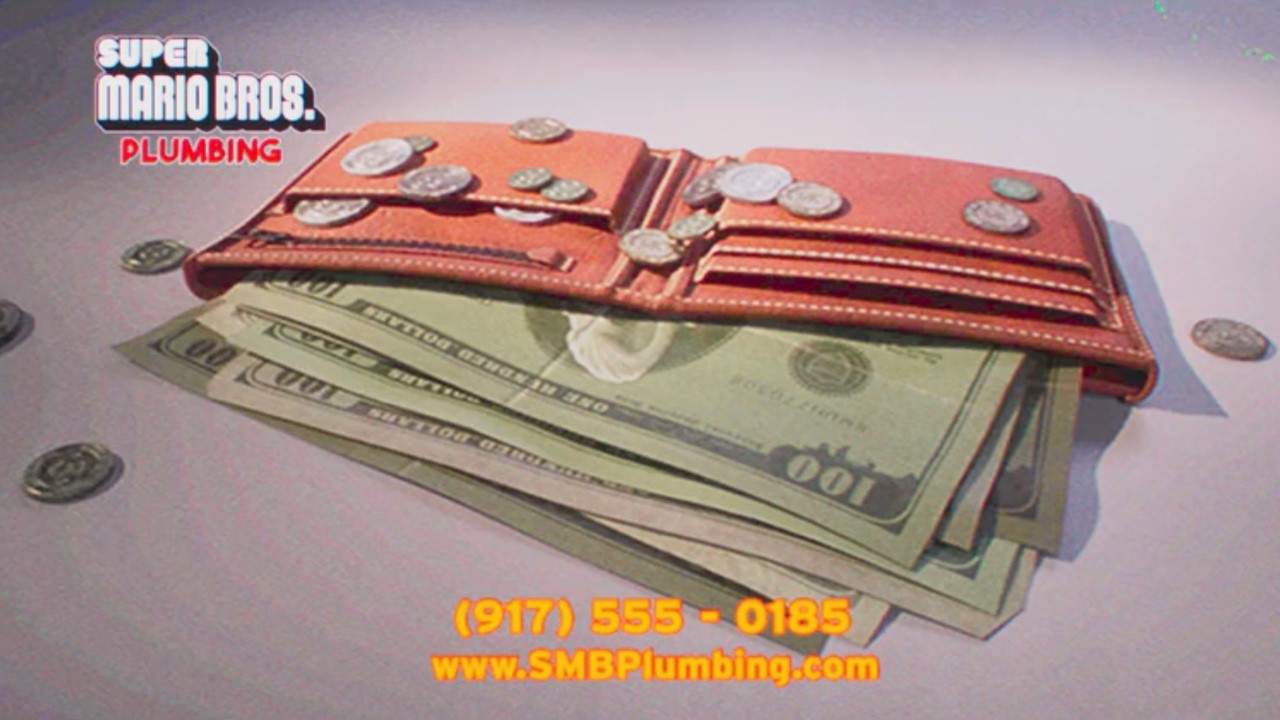
Mario’s Universe Apparently Makes Use Of 3-Cent Coins, Unless That’s A Wario Coin
As seen above, it’s clear that Mario’s reality either had a different leader chosen to be the face of the $100 bill, or that its version of Benjamin Franklin rocked a full head of hair throughout life. As well, there’s also what appears to be a 3-cent coin, which seems quite weird. Also, why does this person’s wallet only contain C-notes and coins?

More Duck Hunt References Than I Thought
Right after the faux ad, the decoration-filled walls of Punch-Out are shown, and I was definitely more interested in taking note of all the references to Lil Mack and other fighters from that game series. I probably saw the duck clock without flagging it, but almost definitely missed the picture on the right featuring the exact same landscape and flying duck as Duck Hunt. Similarly, while I did catch the French restaurant Chasse au Canard, I missed the giant portrait of the laughing dog inside the home of Mario and Luigi’s first client. I need a “dogs playing poker” print, where each player is just that same chuckling jerk.

Slugger Mate Vs. Ultra Machine
Mario has a bunch of cool posters on his wall, referencing such games as Kung-Fu and F-Zero, with photographs depicting golf and tennis (two of the most Mario-friendly sports through the years). But easily the most obscure reference is the "Slugger Mate vs. Ultra Machine" poster, which is a callback to one of Nintendo's first breakthrough toys. Releasing around 1967 in Japan, the Ultra Machine was a battery-operated baseball pitching mechanism, with a title that changed to Slugger Mate when it was released thereafter outside of Japan. I'm not sure if those specific posters exist, but now I definitely want one.
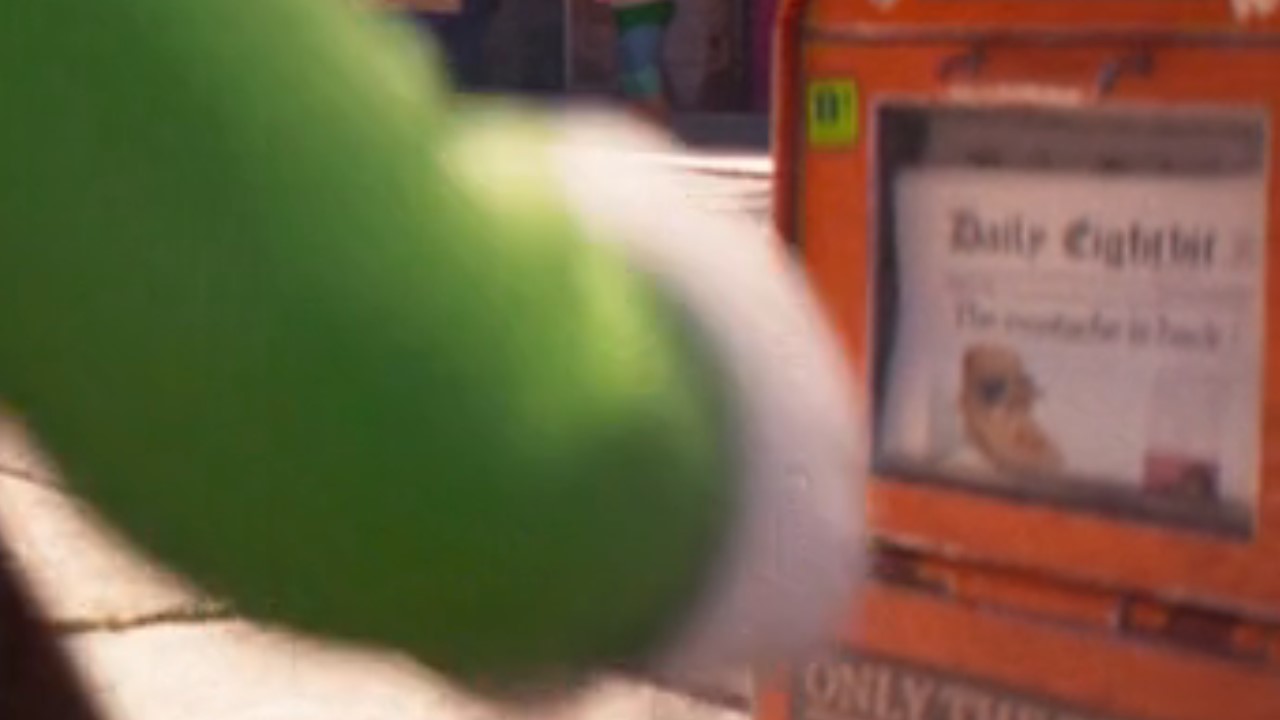
Mustache Love In The News
After Mario and Luigi went through the construction site that mirrored an NES level, they stood next to a newspaper machine with the latest edition of the Daily Eightbit, with the headline "The Mustache Is Back." Hell yeah it is!

A Book About Nothing
Mario and Luigi's first client, whose bathroom they helped ruin, most notably had a Pikmin statue within their stylish abode, as well as the aforementioned laughing dog portrait. But let's not ignore the fact that their bookshelves had a book simply called Architecture, which didn't hold a flame to the no doubt classic work in this universe, Nothing. Four stars, but not the ones that make you invincible.
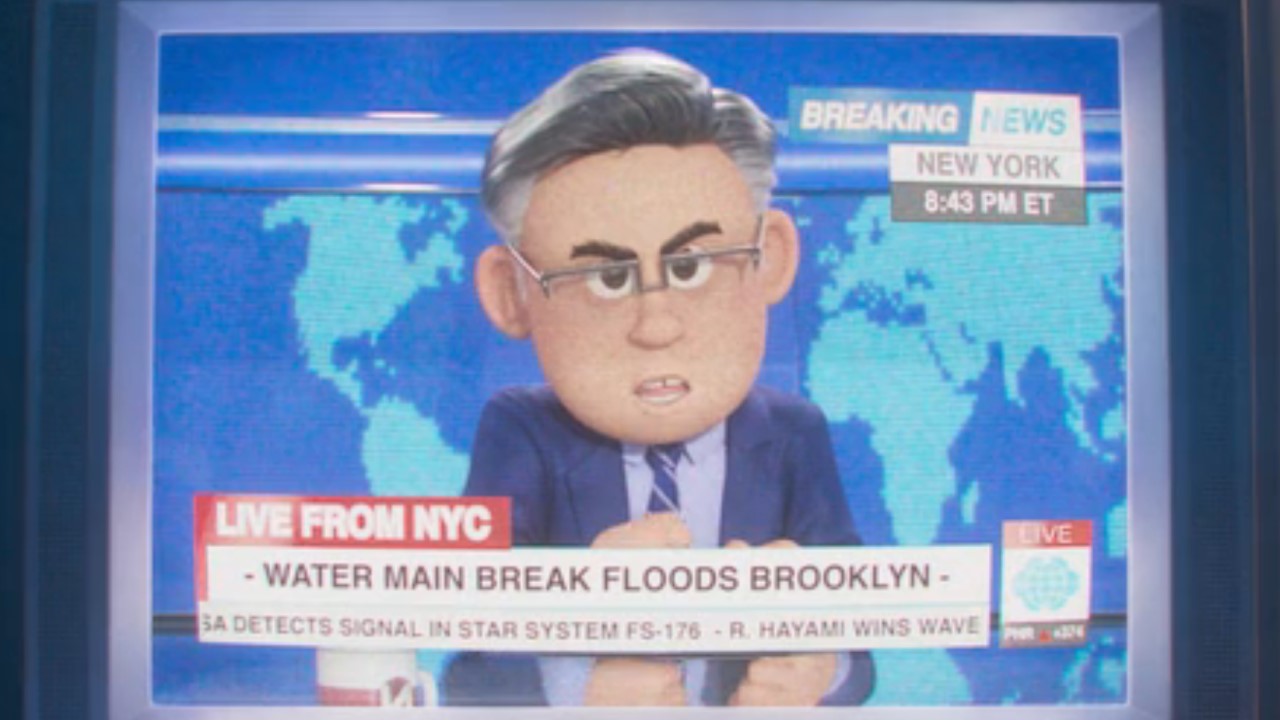
A Sweet Metroid Reference
The news report on the screen that Mario watches references a NASA (presumably) discovery involving the star system FS-176, which is the home to such Metroid-sourced planets as Zebes, Twin Tabulla, and Tallon IV. (A possible hint at a Metroid movie happening, as was rumored?) The news ticker also references the game water-racing game Wave Race, the drillbit crabs from the DS’ 2009 RPG Mario & Luigi: Bowser’s Inside Story, and the VWA (Video Wrestling Association) at the heart of the 1986 NES game Pro Wrestling.
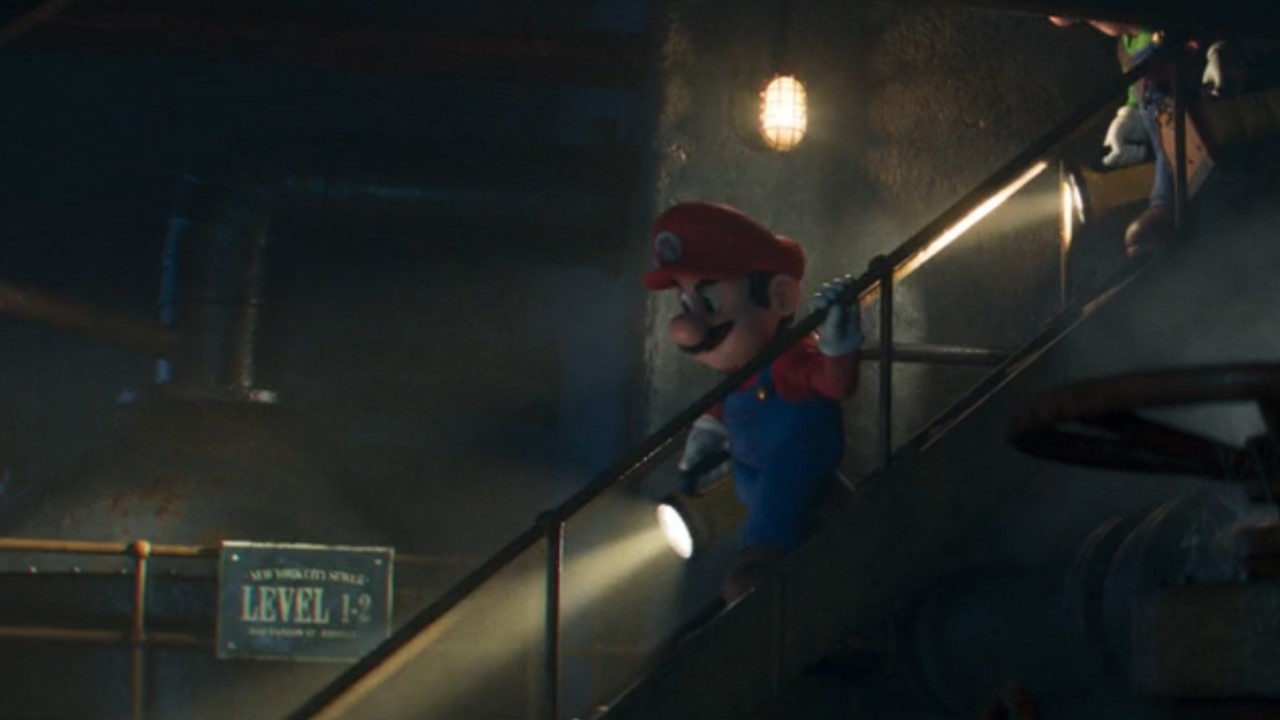
The Underground Theme's First Notes Hit As The Level # Is Shown
My absolute favorite music stab in The Super Mario Bros. Movie was when the instantly recognizable "Underground Theme" notes played as Mario and Luigi were exploring the sewers. What I didn't notice the first time around, however, was that those notes only began playing when the "Level 1-2" sign was shown, an obvious reference to the first place fans heard this classic track.

All The Power-Ups And Beyond In The Antique Store
While I noticed some of the power-ups and other items being sold in the Mushroom Kingdom's Antique Store, having the ability to pause that scene made it a lot easier to appreciate the entirety of it. From Super Mario World's Dragon Coins to Super Mario Bros. 3's music box to the sign above the hammer noting the prices of what appears to be the Tanooki Suit, the Super leaf, and a Super mushroom.

Yoshi's Island Without A Green Yoshi
As fun as it was to see Yoshi's Island on display in The Super Mario Bros. Movie as the core crew made their way to find Donkey Kong, I totally failed to realize that the signature green Yoshi was nowhere to be seen. I also didn't retroactively think about it after the green egg came up later in the movie, nor when it hatched in the post-credits scene.
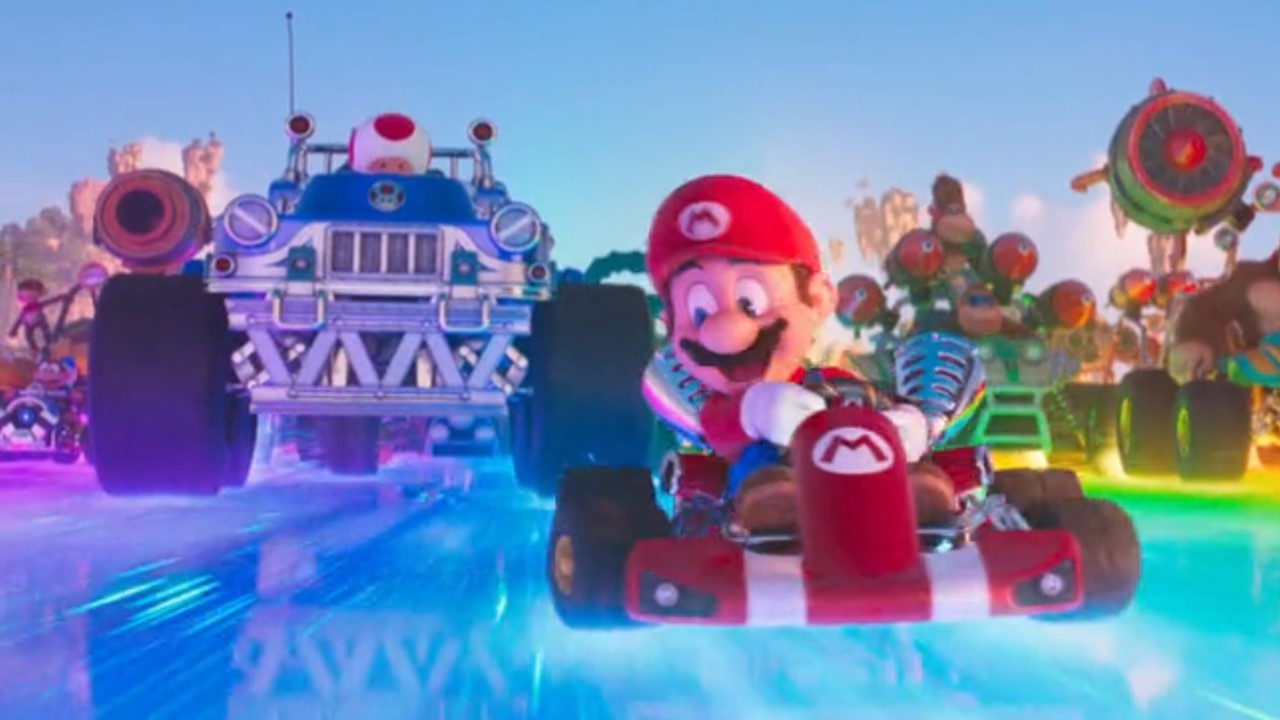
Kiddy Kong Getting His Ride On
We'll chalk this up to me being arguably over-excited about seeing Funky Kong represented in the Mario Kart scene, but I definitely didn't catch li'l Kiddy Kong, who was first introduced in Donkey Kong Country 3, joining the vehicular fray for a few seconds on the left side of the screen as everyone hit Rainbow Road. Granted, it takes about 100 Kiddy Kong references to equal one Funky Kong appearance.
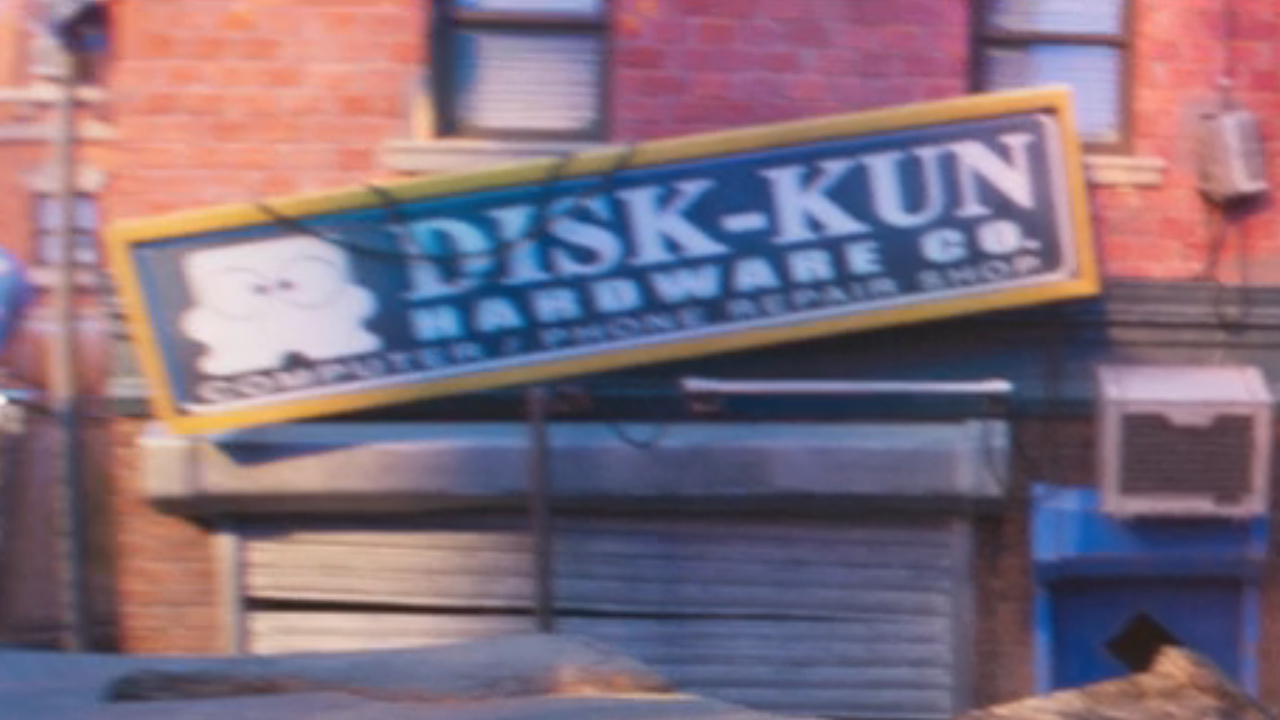
Disk-Kun Hardware Reference
During my first watch-through, it was apparent during the final climax that Mario's version of New York featured a store called Disk-Kun Hardware, but didn't remember at that point what it was referring to. But now I could remind myself that Diskun, created in 1983, was the mascot for Japan's Famicom Desk System that predated the NES. Perhaps a telling sign that the building survived the chaos, much as Nintendo survived the video game crash of 1983.
While there are no doubt more fun easter eggs to pick up on by going through the movie one frame at a time --- such as Mr. Game and Watch showing up on the side of a quickly moving truck --- now I just want to start playing one of the games again. While I'm fetching my finest yellow cape, check out all the other TV and movie video game adaptations that are on the way.







